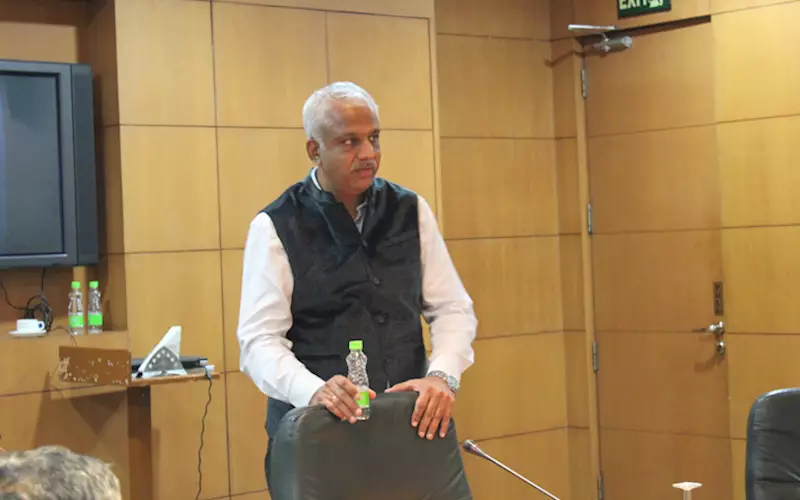It's time for book printers to invest in better equipment to stay ahead
P Sajith of Impel-Welbound charts the current state of book printing in India, with a special focus on educational books.
26 Jun 2019 | By PrintWeek India
Private educational books are not growing, thanks to the confusions regarding government policies on education. The directive to CBSE schools to prescribe NCERT books is like a Damocles’ sword hanging on the future of private educational publishing.
Many state governments, such as state boards like West Bengal, Maharashtra and others, are now publishing textbooks for 11th and 12th standards, and are also publishing workbooks to be distributed at much lower prices compared to private publishers. While the quality of content and production leave much to be desired, this has created a dent in the market for the private publishers of educational books.
Government textbook printing, especially at the state government level, is subject to the vagaries of politics. Change of governments, change of syllabus, free distribution, competition with private publishers, changes in tendering system, deciding on the weights of school bags — all these impact on the number of books printed.
It is disappointing to see that there are no modern production methods being introduced into the manufacture of books. The emphasis has been on cost. The production quality of the textbooks, barring a few states, has continuously been on the decline.
The declining printing rates year on year means that printers need to compromise on the quality of raw materials used. It is high time standards are set for quality of printing and binding and independent audit of these are conducted.
Some of the notable exceptions to the above are the Maharashtra State Textbooks Corporation and West Bengal Textbooks Board. Surprisingly, both these government-run corporations insist on the optimal quality and thickness of paper (that can run well in reel-fed machines), inks and adhesives.
Both these textbooks corporation predominantly prescribe un-sewn or adhesive binding with hardly any complaints on the quality of binding. Many other state governments, to prevent books from falling apart, ask for the book blocks to be side-stitched before drawing cover on a perfect binder. In most of these cases, what the student gets is a book with a hanging cover and rusted wires/ pins.
So while there is increase in number of books made in India, this is mainly in the government-controlled sector and this does not lead to value growth.
In the current year (academic year 2019-20), many textbook corporations, including Telangana, AP and Maharashtra, have printed less books in comparison to the last year. Some of the states, like Karnataka, have reduced the number of pages per book. All these have led to less than expected work for the textbook printers.
Information received based on discussions with publishers, academic and professional books, such as medical, law and so on, are seeing increased consumption. This is a reversal on the earlier trend.
Trade books are growing at a double digit rate and this is a welcome change. Most of the trade publishers rely on large integrated print houses. So this has not had a positive impact on majority of book printers.
Exports to Africa are definitely growing. And with the collapse of printing presses in Middle East, Indian book printers are doing better than earlier years, though no official data is available.
The book printers have been expecting sales to go down, for the past seven years so, but that has not happened.
So they now need to invest in better equipment in order to stay ahead, and this has helped investments in bookbinding machines. Impel-Welbound has sold a record 125 perfect binders in FY 2018-19. And the Q1 of 2019-20 is showing a similar trend.
Machines that are faster, easier to changeover and provide important information on production data these are the features that are helping Impel-Welbound stay ahead of competition. The market has an affinity for its ubiquitous six clamp machines, so much so that even used machines sell at a higher price than the new ones from competitors.
According to Impel-Welbound, the trend will change from now on, as more inline solutions will be sought by customers, as labour cost is the major component in binding, and typically in offline operations. New machines that are efficient, productive, intelligent and cost-effective (EPIC) will take over the requirements of book production in the country.














 See All
See All